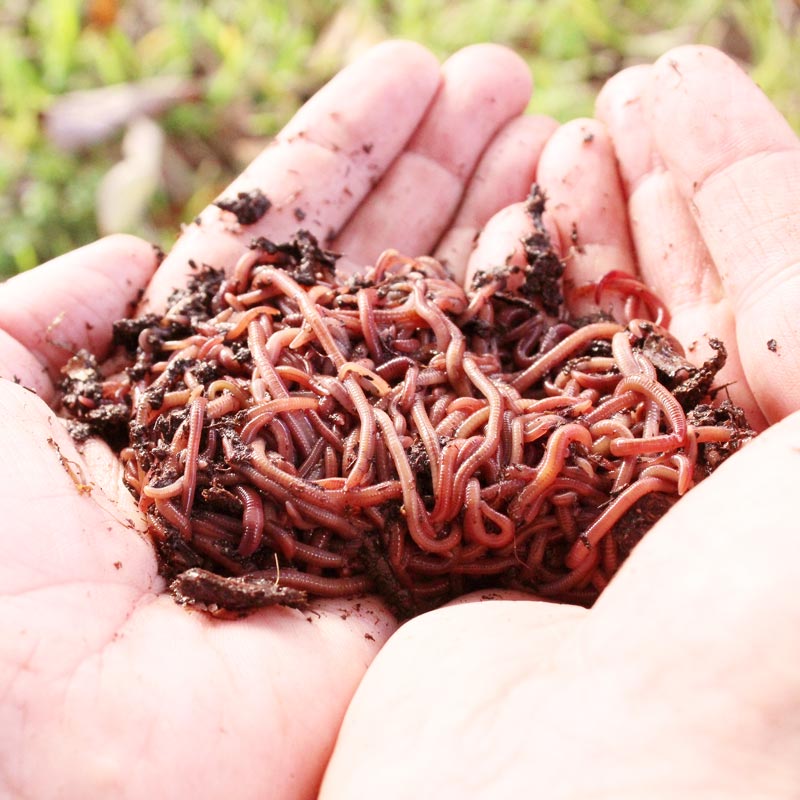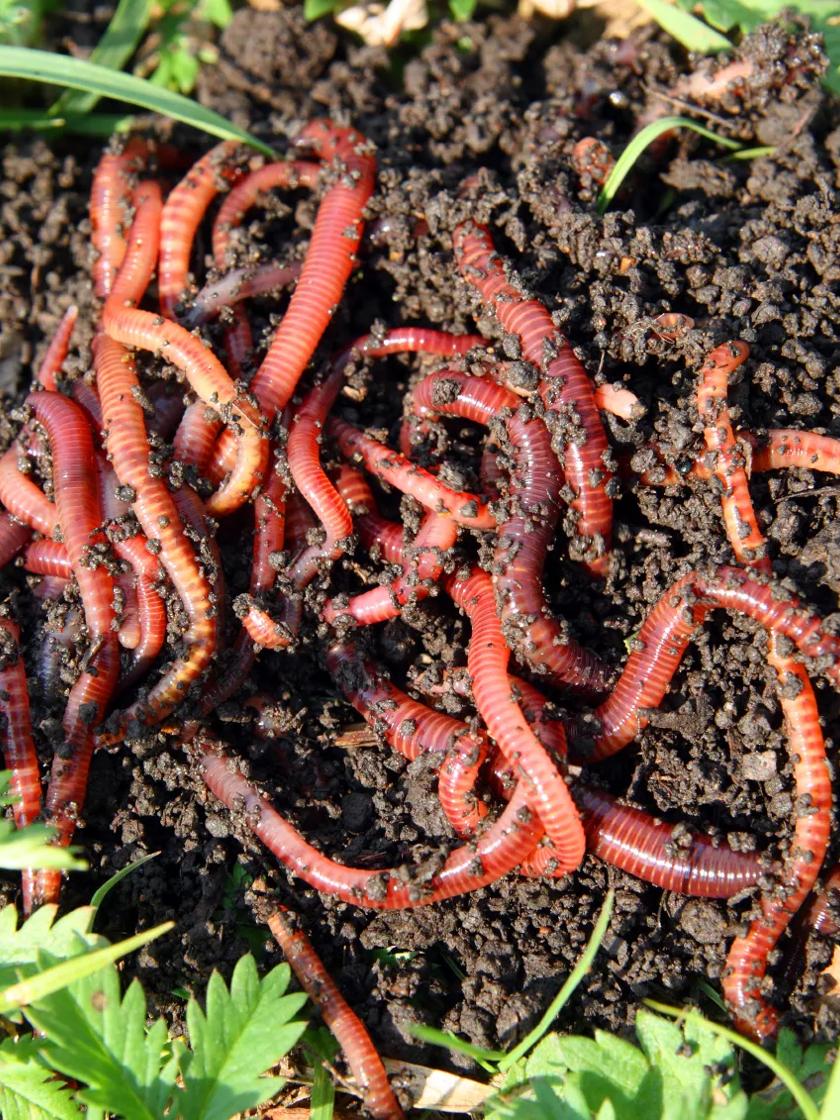Keep Your Lawn Green and Healthy with Expert Tips from Lake Hickory Bait
Red Wigglers: The Unsung Heroes of Organic Waste Recycling
Red wigglers, or Eisenia fetida, work as critical agents in the natural waste reusing procedure, changing thrown out products right into useful vermicompost. Their reliable failure of natural matter not only improves soil quality however also adds to sustainable waste management techniques. As the world progressively seeks services to deal with waste build-up and enhance agricultural productivity, understanding the duty of these worms becomes vital. What systems allow them to thrive in garden compost settings, and exactly how can they be efficiently used in both domestic and commercial settings? Exploring these inquiries discloses the more comprehensive effects of vermicomposting in our ecological landscape.
What Are Red Wigglers?
The exceptional durability of red wigglers, scientifically referred to as Eisenia fetida, underscores their critical duty in organic waste recycling. These tiny, reddish-brown earthworms are usually found in decomposing raw material, such as garden compost stacks and manure heaps. Lake Hickory Bait. Unlike other earthworm varieties, red wigglers flourish in nutrient-rich atmospheres and are highly effective at breaking down natural products, making them important for vermicomposting

(Red Wiggler Express)Along with their duty in waste reduction, red wigglers add to soil health and wellness by boosting dirt structure and aeration through their tunneling tasks (Lake Hickory Bait). Their visibility in composting systems not just enhances decomposition rates however additionally advertises a sustainable approach to squander administration, showing their relevance in ecological conservation efforts
Benefits of Composting With Worms
Composting with worms, particularly red wigglers, offers various advantages that enhance both waste administration and soil health and wellness. First, these worms effectively break down organic waste, converting it into nutrient-rich vermicompost that enriches dirt. This process accelerates decomposition, enabling a faster recycling of cooking area scraps and various other natural materials compared to traditional composting approaches.
In addition, the vermicompost generated by red wigglers is including valuable microbes, which assist enhance soil structure, oygenation, and wetness retention. This improves the overall wellness of plants, advertising vigorous growth and increased returns in gardens and agricultural setups. The usage of worms in composting lessens the production of greenhouse gases, such as methane, contributing to an extra sustainable waste monitoring system.

How to Start Vermicomposting
Establishing a vermicomposting system is a simple procedure that can generate significant benefits for both waste management and soil enrichment. To begin, choose an appropriate container, such as a plastic container or wood box, with ample air flow openings to make certain proper airflow. The dimensions ought to ideally be around 2 feet by 3 feet, allowing sufficient area for the worms to flourish.
Next, prepare bedding material, which can contain shredded newspaper, cardboard, or coconut coir. This bedding ought to be moistened to produce an ideal habitat for the worms. Once the bed linen remains in area, present red wigglers (Eisenia fetida) into the bin, normally around one extra pound of worms for every single square foot of surface.
Adhering to the positioning of worms, include natural waste, such as fruit and vegetable scraps, coffee grounds, and crushed eggshells. Stay clear of including dairy products, meat, or oils, as these can produce odors and attract pests. Position the container in a shaded, temperature-controlled location to preserve optimal problems for worm task. With these steps, you will effectively launch a vermicomposting system that adds to lasting waste monitoring and enhances your dirt.
Keeping a Healthy And Balanced Worm Container
(Red Wiggler Express)Maintaining a worm bin thriving calls for routine attention and like guarantee the wellness of the red wigglers and the effectiveness of the composting procedure. Proper maintenance starts with keeping track of the dampness levels; the container needs to perspire however not saturated. A good general rule is to keep a consistency similar to a wrung-out sponge.
Carefully blending the bed linens and food scraps every few weeks avoids compaction and makes certain that all worms have accessibility to oxygen. Additionally, it is essential to feed the worms properly.
Temperature level policy is an additional crucial element. Red wigglers grow in a series of 55 to 77 levels Fahrenheit. If the bin ends up being too hot or chilly, the worms may end up being stressed out - Lake Hickory Bait. Last but not least, occasionally look for signs of health, such as worm population growth and the presence of healthy spreadings. By vigilantly handling these elements, one can preserve a robust and effective worm container.
Influence On Sustainable Living
The successful maintenance of a worm container not just benefits the health of red wigglers yet likewise contributes considerably to sustainable living practices. By reusing natural waste, such as kitchen area scraps and yard particles, red wigglers assist divert substantial quantities of material from landfills. This decrease in click over here waste not only decreases greenhouse gas exhausts however also decreases the ecological concern connected with waste monitoring.
Additionally, the castings produced by red wigglers function as a nutrient-rich organic plant food, improving soil wellness and promoting plant growth. This natural alternative to chemical fertilizers supports lasting farming and horticulture methods, minimizing reliance on artificial inputs that can harm ecological communities. Furthermore, worm composting fosters understanding of waste management, motivating individuals and areas to embrace even more sustainable routines.

Conclusion
In recap, red wigglers offer as crucial factors to natural waste recycling via their reliable decay of organic materials. By integrating vermicomposting into waste administration approaches, people and neighborhoods can substantially decrease waste while promoting ecological sustainability.